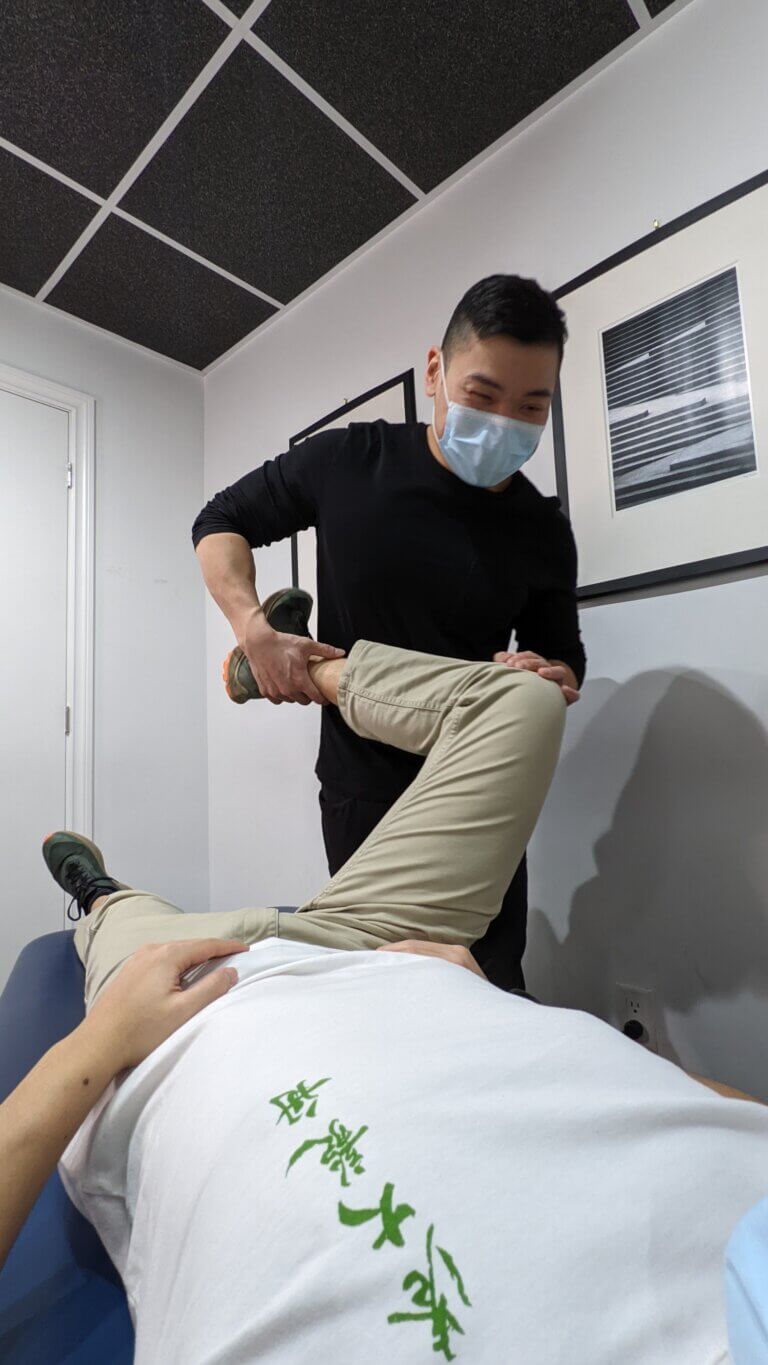
Arthritis refers to a common disorder that usually affects your joints. It is a biomechanical change that occurs within a joint. It usually leads to causing pain and inflammation, making it difficult for you to move or stay active. The most common type of arthritis is known as osteoarthritis.
What Is Osteoarthritis?
Osteoarthritis is commonly known as a degenerative joint disease (DJD). It usually develops with growing age among older people. A place where two bones come together is called a joint. These bones’ ends are covered with a protective tissue known as cartilage. With osteoarthritis, the cartilage gets broken down, which causes the bones within the joint to rub together, which may cause stiffness, pain, and other symptoms.
Although osteoarthritis mainly occurs among older people, it may also occur in adults. Osteoarthritis is a condition that may be considered a leading cause of disability.
The two types of arthritis may include the following:
- Primary – The most common type of osteoarthritis primarily affects the human body’s thumbs, fingers, knees, hips, and spine.
- Secondary – It occurs along with a pre-existing joint abnormality, including trauma or injury that may be repetitive or related to sports. Secondary osteoarthritis includes inflammatory arthritis such as rheumatoid or gout, infectious arthritis, and a joint genetic disorder.
Causes Of Osteoarthritis
Osteoarthritis is usually caused by damage to the joints. The damage may accumulate with time, which is why age is considered one of the main reasons for causing damage in the joints, which may lead to osteoarthritis. The older you get, the more repetitive stress you experience in your joints. Some other causes of joint damage may be because of past injury, such as:
- Torn cartilage
- Dislocation of joints.
- Injuries in ligaments
Osteoarthritis And Cartilage
Cartilage is a challenging and rubbery substance that has flexibility and is softer than bones. Its primary job is protecting the end of the bones within a joint, which allows them to move quickly against each other.
The bone surfaces become pitched and rough at the breaking down of the cartilage. It may lead to pain in the joints and also irritate the areas of surrounding tissues. The damaged cartilage cannot get repaired as the cartilage doesn’t contain any blood vessels.
Risk Factors Associated With Osteoarthritis
In addition to age, several other risk factors are associated and increase the chance of development of osteoarthritis, such as:
- Obesity is a risk factor associated with osteoarthritis, particularly of the knee. It is essential for maintaining the ideal body weight for those at risk of osteoarthritis. The metabolic and pro-inflammatory effects related to obesity also contribute to osteoarthritis and the body’s overloading weight-bearing mechanisms.
- Diabetes and hyperlipidemia are also contributing factors associated with inflammatory responses related to the body, which may increase the risk of osteoarthritis. Oxidation of the lipids may lead to the creation of deposits in the cartilage, which may affect the flow of blood to the subchondral bone in the same way the blood vessels get affected by atherosclerosis. Elevated blood sugar and high cholesterol lead to an increase in the free radicals in the human body. The oxidative stress exceeds the resilience of cartilage at the cellular level.
- Women after menopause experience a decrease in estrogen levels, which leads to the increased risk associated with knee osteoarthritis.
- Heredity may also play an essential role in the development of osteoarthritis. It is because individuals born with other bone diseases or genetic traits are more likely to get affected by osteoarthritis.
Treatment Of Osteoarthritis
The treatment of osteoarthritis is usually centered on symptom management. The type of treatment for osteoarthritis usually depends upon the severity of the symptoms you are experiencing and their location in the body. You may contact a certified physical therapist to relieve arthritis pain who may suggest various ways to treat the problem.
The treatments and lifestyle changes associated with osteoarthritis may include the following:
- Exercise – Physical activity helps strengthen the muscles around the joints, which may help you get relief from stiffness. It would help if you chose low-impact activities such as walking or swimming. You must aim for at least 20 to 30 minutes of physical movement every other day.
- Weight Loss – Being overweight may strain the joints and may lead to pain. So shedding the body’s excess weight may help relieve the pressure and reduce pain.
- Adequate Sleep – Allowing rest to your muscles can help reduce swelling and inflammation. Sleeping at night is very important as it enables you to manage your pain effectively. You must be kind to yourself and don’t overdo any work.
- Heat And Cold Therapy – You may undertake heat and cold therapy for helping to relieve muscle pain and stiffness. Applying a hot and cold compress to the sore joints for about 15 to 20 minutes several times a day may help you get great relief.
Conclusion
Osteoarthritis is one of the most common forms of arthritis that affects many people worldwide. It usually occurs when the protective cartilage cushions the end of the bones. A trained and certified physical therapist can be beneficial in providing the right kind of treatment for treating arthritis.
